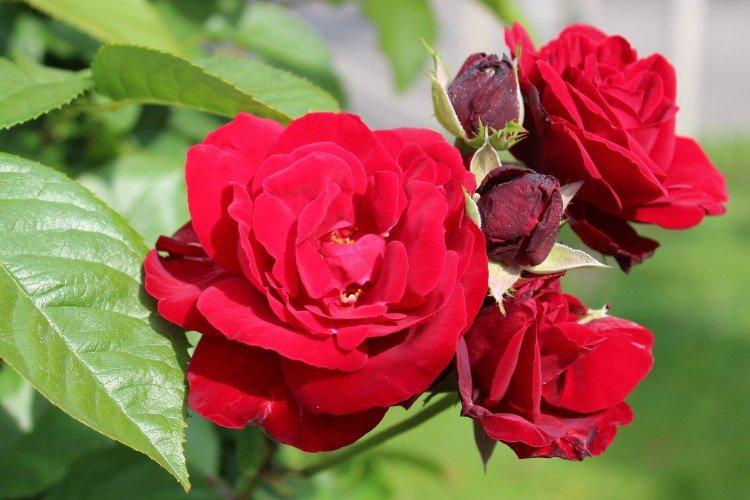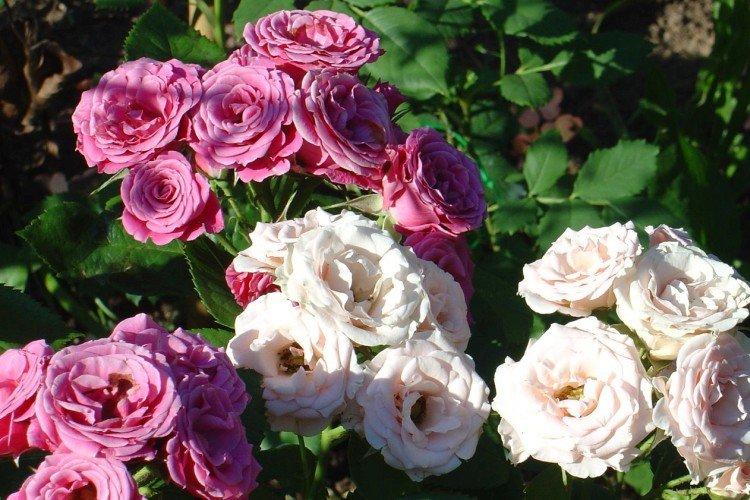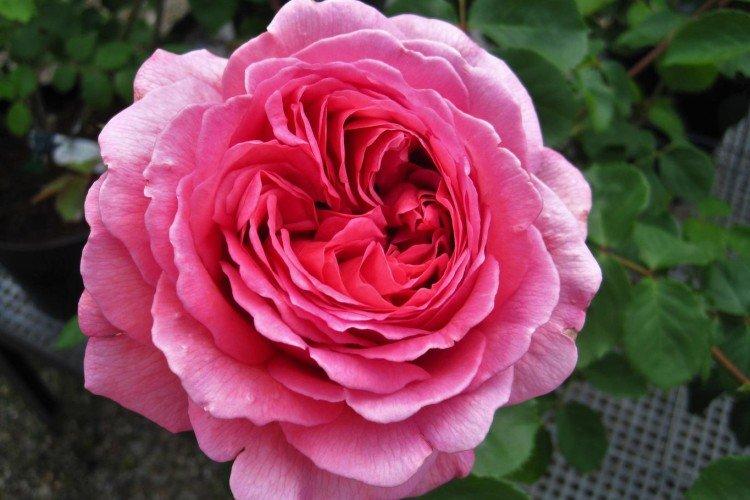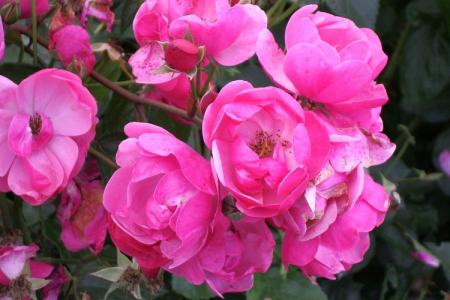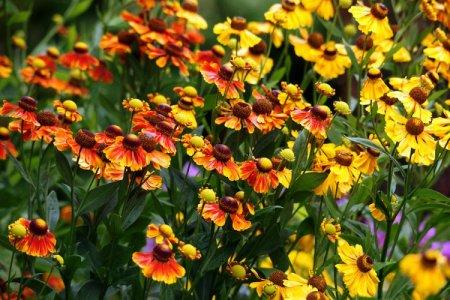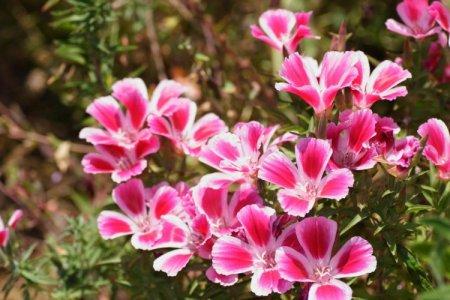
Among dozens of varieties of roses, the floribunda rose remains one of the most popular for years. The variety of its varieties is impressive even for experienced gardeners. And besides, you can find varieties with increased immunity and resistance to different living conditions!
general information
Floribunda is a variety of garden roses that has a long and continuous flowering. This is a miracle of continuous breeding work on crossing hybrid tea and polyanthus roses. So floribunda managed to combine frost resistance and good immunity with a huge variety of shapes and colors of buds.
Floribunda roses are classified by height: curbs up to 40 m, medium up to 80 cm and high from 1 m.They are planted separately, in group plantings, hedges and whatever. Most floribunda varieties do not have a pungent odor and bloom in large inflorescences.

Floribunda rose types
The variety and number of floribunda rose varieties can only be admired. And this is not to mention the fact that every year breeders offer new products. Today we want to introduce you to the most interesting options!
Leonardo da Vinci
A strong branched bush grows up to 1 m and is densely covered with dense pink double flowers. The delicate aroma is not too harsh and gives off fruity notes.

Iceberg
A beautiful snow-white variety needs no introduction at all. Fragile and delicate flowers seem porcelain and will easily decorate any garden.

Freesia
One of the most beautiful and popular yellow varieties. Moreover, the buds do not fade in the sun at all, and experienced gardeners are well aware of how strong this problem is.

Pomponella
This variety is notable primarily for the shape of round pompom-shaped buds. It also attracts with a rich sweet aroma.

Rumba
Rumba flowers are quite simple in shape and appearance, but their advantage is in the original color. The yellow buds gradually change from yellow to scarlet.

Raffles
This is a whole group of varieties that are valued for their amazing delicate petals. They are intricately cut along the edge, which is why large flowers up to 8 cm in diameter seem quite fabulous.

Midsummer
A spectacular two-tone variety in which a creamy shade is mixed with a rose-raspberry shade. Reminds of a sundae with jam! The bush blooms so luxuriantly that foliage is almost invisible behind the buds.

Nina Weibul
The classic scarlet shade will delight you until the first snow. Also, the variety is famous for its resistance to frost, excellent immunity and good adaptation to the conditions of the middle lane as a whole.

Kimono
Terry buds with a corrugated edge are also notable for their intense pink hue, which is gradually changing. On cool, cloudy days, the petals become brighter, and on hot sunny summers - paler.
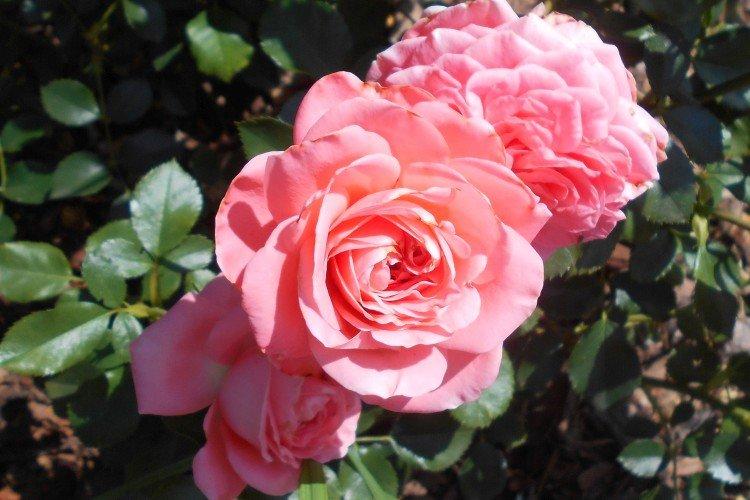
Floribunda rose care
Let's not hide: the floribunda rose is very capricious, and a beginner is unlikely to cope with it. Moreover, there are a lot of nuances for different varieties, so first of all, study the requirements of your own. But we still tried to systematize the information and bring out a few general recommendations!
Temperature and lighting
We advise you to choose a well-lit area without drafts, but so that by noon there will be at least a slight shadow. Otherwise, the leaves and petals of the rose may fade under the scorching sun.

Watering
In the heat, the floribunda definitely needs abundant watering - about 10 liters under the bush as it dries. Basically, in the summer it is about once a week, but sometimes it is necessary more often. Especially during active growth and flowering. After water procedures, the soil was loosened every time.

The soil
The soil can be almost any, but always loose and breathable. This is necessary so that the water does not stagnate and so that the earth warms up evenly.To prepare for planting, clay soil is dug up with compost and sand, and sandy soil - with clay and humus.

Fertilizers and feeding
Roses need to be fed intensively throughout the season. First with saltpeter at the very beginning of spring after pruning. Then - with mineral fertilizers during the formation of buds, and the next time - closer to the end of the first wave of flowering. The last dressing is applied in the middle of autumn.

Pruning
Pruning is a must for all roses. Apart from winterizing and spring sanitary pruning, there is another important feature. Namely, the fact that different varieties of floribunda form buds on different branches.

Wintering
Before winter, you need to remove all damaged shoots and shorten the healthy ones up to 50 cm. After that, the roses are spudded, and when frosts come from -8 degrees, they are covered. Protective caps on the frame work best, but spruce branches and nonwovens can be used.

Planting and propagation of floribunda roses
Floribunda seedlings are planted in the ground at the end of May, and in the southern regions it is possible in the first half of autumn. Bone meal and phosphates are added to each pit with a diameter of about 50 cm and a depth of 35 cm. For backfilling, I use fertile soil with peat and sand. Be sure to make a good drainage layer.
Grafted seedlings take root better, because they have stronger immunity. For a day, soak the root system in a stimulator and install it in a well-watered hole so that the grafting site is at a depth of 5 cm. The distance between the bushes should be at least 50 cm. Each seedling must be spud and mulched.
The most popular way to propagate floribunda roses is by cuttings. Healthy lignified shoots almost always take root, so you don't even need to waste energy on other options. Cut the cuttings 8-10 cm long, remove the leaves and thorns and root it directly in the ground. The upper cut should be straight, 0.5 cm above the kidney, and the lower cut at an angle.
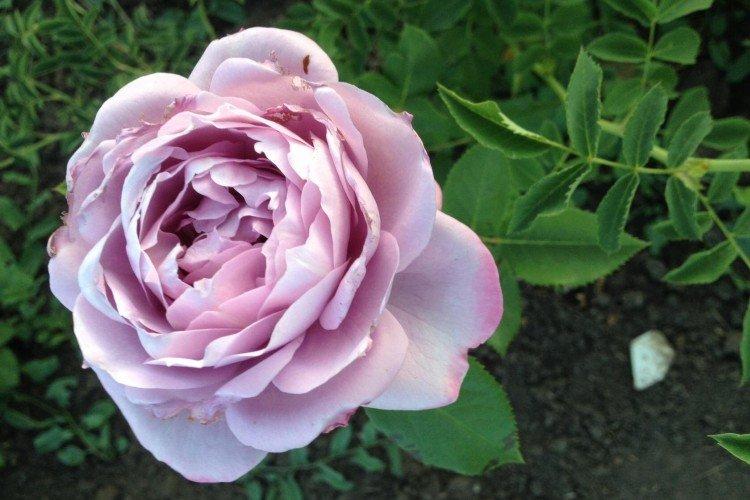
Pest and disease control
Like all roses, floribunda roses suffer from fungal diseases - powdery mildew, fusarium, rust, black spot and gray mold. Most often this happens due to improper care, because a capricious plant does not forgive mistakes. Remove and burn all damaged shoots and leaves, and then treat the bushes with fungicides, Bordeaux liquid or copper-containing preparations.
Inspect the shoots and the underside of the leaves of the rosebush regularly. Spider mites, aphids and scale insects willingly hide in these places. Leaf rollers roll cocoons of leaves for themselves, and bears destroy the roots. In all these cases, immediate treatment with complex insecticides is needed.
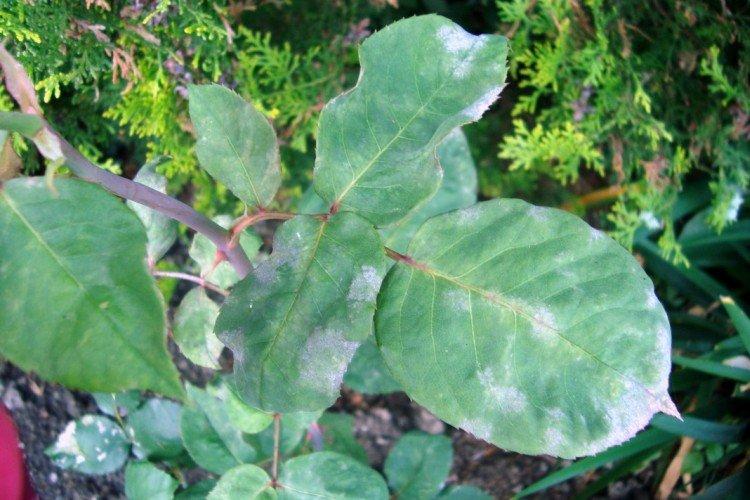
Floribunda rose - photo
Floribunda rose is not in vain considered one of the most beautiful garden plants, and maybe the most. This photo collection is the best confirmation of this!








